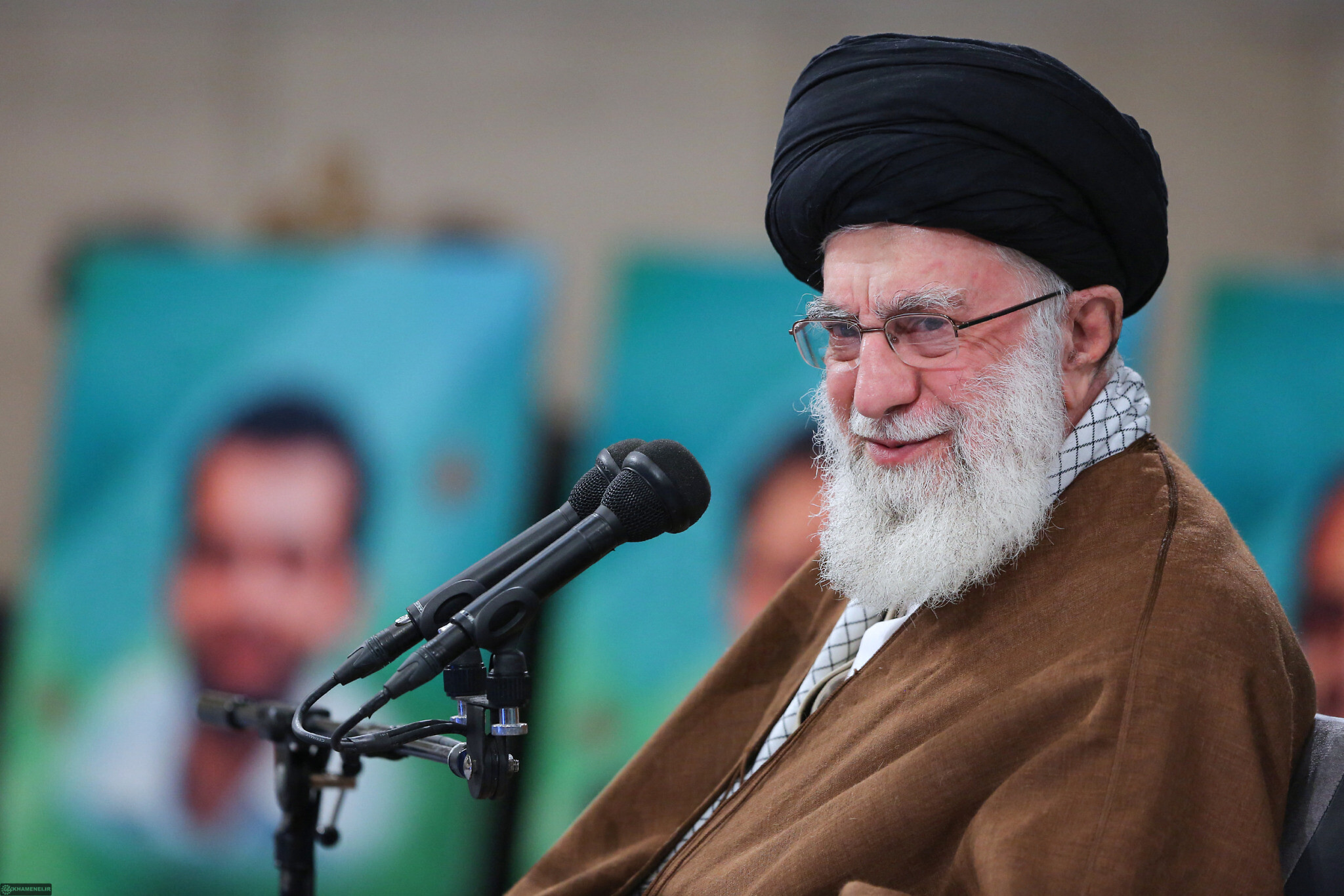15-Minute Full-Body Home Workout: DAY3
15-Minute Full-Body Home Workout: Burn Calories, Build Strength—No Equipment Needed In today’s fast-paced world, finding time to hit the gym can feel like an impossible task. But what if you…

supreme leader ayatollah ali khamenei of Iran, is one of the most powerful figures in the modern Middle East. As the highest authority in the Islamic Republic of Iran, his influence permeates every aspect of Iranian politics, religion, and society. Khamenei has played a pivotal role in shaping Iran’s domestic and foreign policy since taking power in 1989. Let’s take a deeper dive into his life, ideology, leadership style, and legacy.
Ayatollah Ali Khamenei was born on July 17, 1939, in Mashhad, Iran, into a religious family. His father was a cleric, and young Khamenei followed in his footsteps by pursuing religious studies. Khamenei studied under prominent Islamic scholars, including Ayatollah Ruhollah Khomeini, who would later become the leader of the Iranian Revolution in 1979.
Khamenei became politically active in his youth, protesting against the Shah’s regime and advocating for an Islamic government. After the revolution, he quickly rose through the ranks, becoming a close ally of Ayatollah Khomeini. In 1981, Khamenei survived an assassination attempt that left his right arm paralyzed, further solidifying his status as a revolutionary hero.
When Ayatollah Khomeini passed away in 1989, Khamenei was chosen to succeed him as the Supreme Leader, a decision that surprised many given his lack of formal religious qualifications compared to other clerics.
The transition from Khomeini to Khamenei was significant. Khomeini, the father of the revolution, left behind enormous shoes to fill. However, Khamenei quickly consolidated power and strengthened the position of Supreme Leader. He became the ultimate authority on all matters, both religious and political, ensuring that his word was law in Iran.
As Supreme Leader, Khamenei holds control over the key institutions of Iran. His influence spans the executive, legislative, and judicial branches of the government, making him a critical decision-maker in all aspects of governance. Khamenei’s authority extends to Iran’s military, including the powerful Revolutionary Guard, which serves as both a military and economic powerhouse.
Khamenei is a staunch conservative who adheres to the revolutionary ideals established during the Iranian Revolution. He believes in maintaining a theocratic government where Islamic law plays a central role in society. His leadership has focused on preserving the values of the revolution, often resisting calls for reform or liberalization from within Iran.
A key aspect of Khamenei’s political ideology is his deep mistrust of the West, particularly the United States. This sentiment is rooted in historical grievances, including U.S. involvement in the 1953 coup that ousted Iran’s democratically elected prime minister and the subsequent support for the Shah’s regime. Khamenei frequently speaks against Western influence, viewing it as a threat to Iran’s independence and Islamic identity.
Khamenei’s position as Supreme Leader is rooted in the concept of “Wilayat al-Faqih,” which grants religious scholars authority over the state. This doctrine, championed by Khomeini, argues that Islamic jurists are best suited to govern in accordance with divine law. Khamenei’s interpretation of this principle has been key to his ability to maintain control over Iran’s religious and political spheres.
Khamenei’s religious authority extends beyond Iran’s borders, particularly within the global Shia community. He wields considerable influence over clerics in Iraq, Lebanon, and other Shia-majority regions. This network of religious leaders plays a crucial role in spreading Khamenei’s ideology and supporting Iran’s regional ambitions.
Khamenei has a leadership style that is highly centralized. He oversees Iran’s key political institutions and ensures loyalty through a combination of rewards and punishments. His ability to shape the country’s political discourse and control decision-making processes has allowed him to maintain power for decades.
The IRGC plays a significant role in Khamenei’s leadership. It acts as both a military force and an economic player within Iran, and its loyalty to the Supreme Leader is critical. In return, Khamenei ensures that the IRGC remains a powerful institution, using it to suppress dissent, maintain internal security, and project Iranian influence abroad.
Khamenei’s regime has faced criticism for its human rights record, particularly concerning the suppression of dissent. Political opponents, journalists, and activists are often subject to imprisonment or harassment, and Iran’s judiciary, which is under Khamenei’s control, has been accused of perpetuating these abuses. Women’s rights and civil liberties are also restricted, particularly concerning dress codes and social freedoms.
One of the defining features of supreme leader ayatollah ali khamenei foreign policy is his staunch opposition to Western influence, particularly that of the United States. His government has consistently opposed U.S. intervention in the Middle East, and he played a pivotal role in shaping Iran’s stance during the nuclear negotiations. The nuclear deal, known as the Joint Comprehensive Plan of Action (JCPOA), was a major point of contention, and Kham